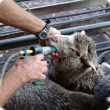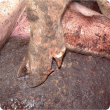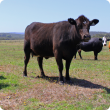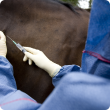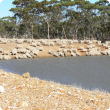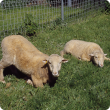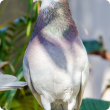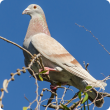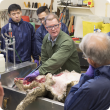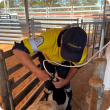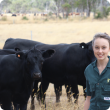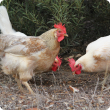Services
Search in Services
Filter services by topic
- (-) Remove Livestock species filter Livestock species
- (-) Remove Livestock & animals filter Livestock & animals
- (-) Remove Biosecurity & quarantine filter Biosecurity & quarantine
- Biosecurity (60) Apply Biosecurity filter
- Livestock biosecurity (59) Apply Livestock biosecurity filter
- Pests, weeds & diseases (58) Apply Pests, weeds & diseases filter
- Diseases (58) Apply Diseases filter
- Livestock health & diseases (58) Apply Livestock health & diseases filter
- Livestock disease surveillance (56) Apply Livestock disease surveillance filter
- Sheep (26) Apply Sheep filter
- Beef cattle (20) Apply Beef cattle filter
- Livestock management (16) Apply Livestock management filter
- Emergency animal disease preparedness (16) Apply Emergency animal disease preparedness filter
- Dairy cattle (16) Apply Dairy cattle filter
- Poultry & birds (11) Apply Poultry & birds filter
- Management & reproduction (8) Apply Management & reproduction filter
- Goats (8) Apply Goats filter
- Pigs (7) Apply Pigs filter
- Horses (7) Apply Horses filter
- Livestock movement & identification (5) Apply Livestock movement & identification filter
- Feeding & nutrition (3) Apply Feeding & nutrition filter
- Wildlife biosecurity (3) Apply Wildlife biosecurity filter
- Control methods (3) Apply Control methods filter
- Chemicals (3) Apply Chemicals filter
- Residues in livestock (2) Apply Residues in livestock filter
- Veterinary chemicals (2) Apply Veterinary chemicals filter
- Preventing residues (2) Apply Preventing residues filter
- Climate, land & water (2) Apply Climate, land & water filter
- Emergency response (2) Apply Emergency response filter
- Land use (2) Apply Land use filter
- Importing to Western Australia (1) Apply Importing to Western Australia filter
- Small landholders in Western Australia (1) Apply Small landholders in Western Australia filter
- Importing animals (1) Apply Importing animals filter
- Quarantine (1) Apply Quarantine filter
- Food, export & investment (1) Apply Food, export & investment filter
- Crops (1) Apply Crops filter
- Export services (1) Apply Export services filter
- Grains (1) Apply Grains filter

